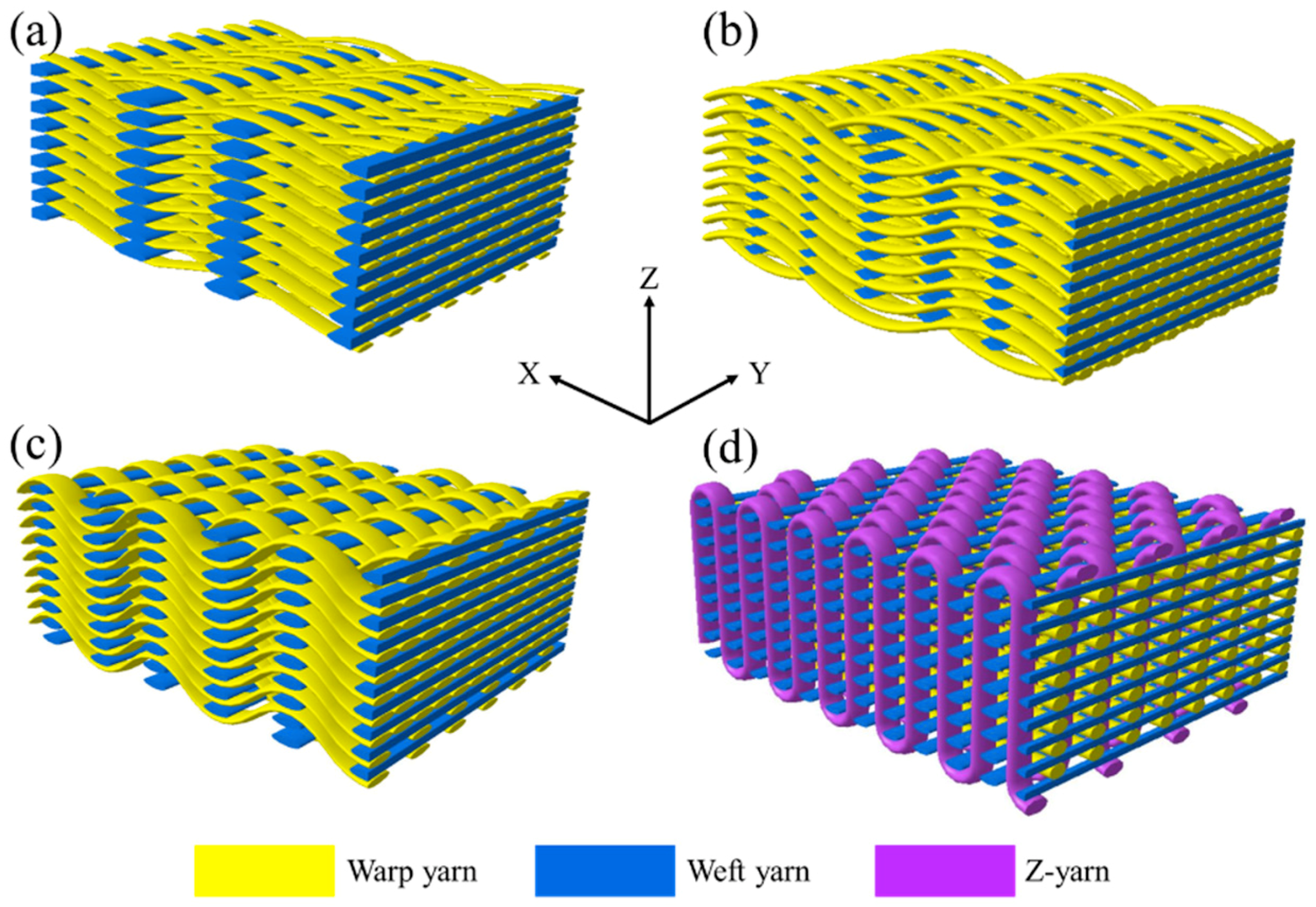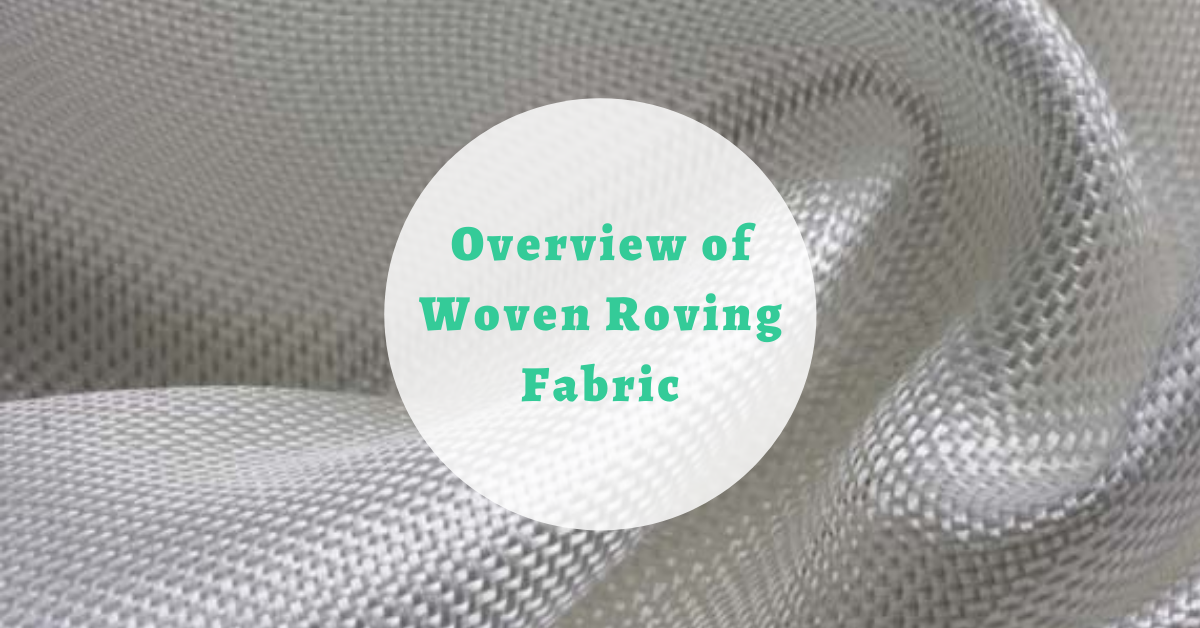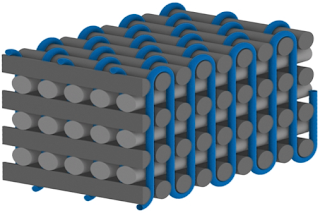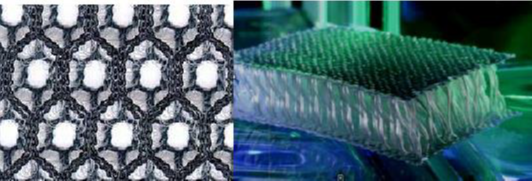Loom parameters play a significant role in producing fabrics from finer yarns. It is always difficult to weave cloths especially with finer yarns controlled by asymmetric cam motion. That is why showing the effect of cam asymmetry on the formation of woven fabrics and finding out an optimum setting of the loom parameters to produce the cloth with minimum demurrage is noteworthy. Studies on the breakage phenomena of the different count of yarns at the different position of the backrest roller suggest the best settings of these parameters. Three different types of yarns (both warp and weft) as 40 Ne, 50 Ne and 60 Ne are taken and fabrics are produced with the same yarn density and width. Then the position of the backrest roller is changed to different readings and the warp yarn breakage data is recorded. As well as the change in the timing of the shed crossing is done to observe the best pick density of the fabric.

Last few decades, extensive research and structural engineering interest have been moving from monolithic materials to fibre-reinforced polymeric materials. The current trend of research in the aerospace and automotive industry is to develop advanced composites using low cost “out-of-autoclave” manufacturing technique, to produce a component with high structural integrity and high delamination resistance. Through thickness binder fibre the, 3D preforms offer good impact, post-impact strength, delamination toughness of the composites. Mechanical properties like the tensile, compressive and flexural performance of 3D composites are increased or decreased than the 2D traditional woven composites. Amongst various 3D preforms, multiaxis 3D preforms offer better in-plane properties by inducing special orientation of the fibre in the preform. Multiaxis 3D woven preforms have multiple layers and no delamination is occurred due to the Z-fibres (in Z-axis direction). Comprehensive research has been conducted to see the tensile, compressive and flexural behaviour of the composites however more data are required to further understanding the behaviour of 3D multiaxial woven composites with various weave structures and updates with the advances in weaving technology. In addition to that during the consolidation process of making 3D composites fibre preform reinforce with resin under pressure and temperature in which preform has to face bending and compaction that might result in the mechanical properties of the composites. And for this, it is also necessary to study the bending and shear behaviour of the preforms.
Textile structures have a great influence on the mechanical properties of composite structures. The best orientation of fibre, as well as weave structure and the stitching type of different layers in the preform, are the critical factors tailoring the mechanical performance of the composites. Fibre-reinforced composite materials are found to benefit different sectors of consumer life. Mostly benefited sectors are the automotive and aerospace industries. Starting from the car seat fabric to the indoor and outdoor panels of cars, filters etc are already made of these composites. Manufacturing of spacesuits for the astronauts as well as gasbags in the air-filled aircraft can also be benefited from this type of composite. The scopes can also be implied for other transporting elements such as for interlinings of the riverboats, sprockets of the bicycles etc. The sports sector can also be benefited from the multiaxis 3d woven preform composites. Badminton & cricket bats, hockey sticks etc can also be prepared by using this composite structures.
Texpedi.com
Check out these related articles:









Thank you very much sir for your nice words.
Good contributions. keep it up.